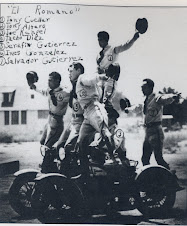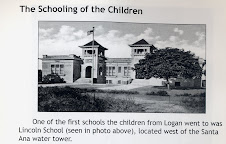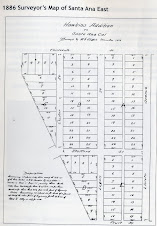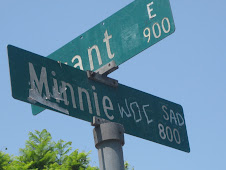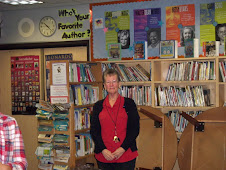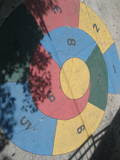Logan residents have also established an informal community watch, whereby neighbors support each other by staying alert to the presence of outsiders and to potential criminal activity. When situations escalate, residents call on police for help.
The Logan community watch system is much less formal and structured than that of
 the Minnie Street neighborhood we visited the day before, likely because trouble is less frequent here. While the Minnie residents focus on sustaining close ties to their community’s police patrols, a key characteristic of the Logan Barrio is the passion with which its community representatives advocate for residents and engage with city officials. Another noticeable difference between the Logan and Minnie Street neighborhoods are the deliberate steps Minnie Street residents have taken to deter gang activity by controlling vehicle access to the community.
the Minnie Street neighborhood we visited the day before, likely because trouble is less frequent here. While the Minnie residents focus on sustaining close ties to their community’s police patrols, a key characteristic of the Logan Barrio is the passion with which its community representatives advocate for residents and engage with city officials. Another noticeable difference between the Logan and Minnie Street neighborhoods are the deliberate steps Minnie Street residents have taken to deter gang activity by controlling vehicle access to the community.Whether formal or informal, the active participation of residents to establish and maintain a safe and secure environment is a common thread shared by both communities.

